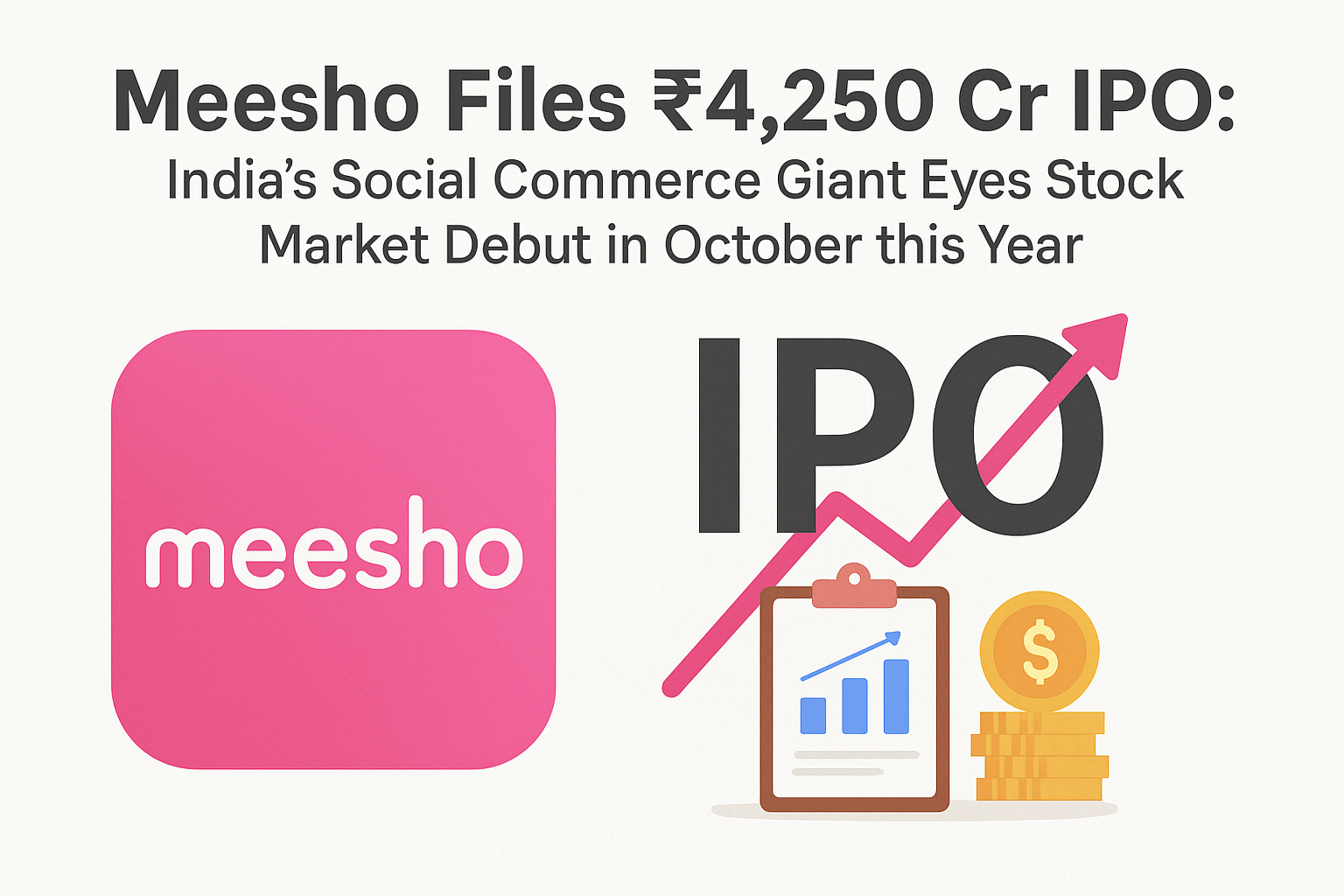
Historical IPO Analysis: Learn from Past IPOs to Invest Smarter
What is Historical IPO Analysis?
Historical IPO Analysis means studying how companies that went public in the past have performed — on their listing day and over the long term.
By looking back at past IPOs, you can see:
✔ How listing gains worked out
✔ Which sectors did well
✔ Common reasons why some IPOs failed
✔ Patterns in market cycles
This helps you make smarter decisions when investing in future IPOs.
Why Does Studying Historical IPOs Matter?
✔ Spot Trends:
When you look at 5–10 years of IPO data, you’ll notice trends like which sectors give the best listing gains — tech, finance, or FMCG?
✔ Understand Valuation:
Did high-priced IPOs do well or underperform? Learning this helps you judge if a new IPO is overvalued.
✔ Avoid Common Mistakes:
Some IPOs with huge hype failed badly. Studying them helps you see what went wrong.
✔ Long-Term View:
Many good companies didn’t give big listing gains but turned into multi-baggers over 5–10 years.
How to Do a Basic Historical IPO Analysis
You don’t need to be an analyst — just follow these steps:
1️⃣ Check Listing Gains vs. Current Price
Look at the IPO issue price, listing price, and the current share price.
- If the stock price fell after listing, ask why.
- If it multiplied, what did they do right?
Example:
Company A listed at ₹500, opened at ₹700, but now trades at ₹400 — maybe it was overhyped.
Company B listed at ₹200, opened at ₹220, but now trades at ₹2,000 — shows long-term strength.
2️⃣ Compare Sectors
- Which sectors gave best returns?
- Did tech IPOs perform better than manufacturing or PSU IPOs?
- Were new-age startups consistent?
This helps you pick the right sectors in the future.
3️⃣ Study Subscription Data vs. Returns
Did highly subscribed IPOs always give profits? Not always!
Some IPOs were oversubscribed but disappointed on listing day. So don’t blindly follow subscription numbers.
4️⃣ Check Promoter Actions
Did promoters sell large stakes soon after the lock-in period? It’s a red flag.
Strong promoters usually hold for long.
5️⃣ Look at Market Conditions
Some IPOs fail not because of the company, but because the stock market was in a downturn.
Comparing IPOs launched in bull vs bear markets gives you perspective.
Real Historical IPO Example
Infosys (1993):
- Issue Price: ₹95
- Listed at: ₹145
- Today: Adjusted for splits/bonuses, the stock is worth thousands of times its issue price!
Reliance Power (2008):
- Massive hype, huge oversubscription.
- Listed at ₹450, dropped to ₹300 on day one, never recovered.
- Shows why fundamentals matter more than hype.
Key Points for Historical IPO Analysis
- Don’t judge an IPO only by listing day pop — check 1-year, 3-year, and 5-year returns.
- Study company fundamentals — revenue growth, profit trends, debt levels.
- Read old DRHPs and see if the company stuck to its promises.
- Learn from both successes and failures.
Historical IPO Trends in India
Here’s what past data shows:
Listing Day Trends
- Most IPOs list at a premium, but gains can vanish quickly.
- Small-cap IPOs often give higher listing gains than large caps but can be riskier.
Sector Performance
- Tech, pharma, and FMCG IPOs often deliver good long-term returns.
- Many PSU IPOs give listing gains but may underperform over time.
Year-wise Patterns
- Bull market years (like 2007, 2021) see more IPOs and higher returns.
- Bear markets (like 2008, 2020 Covid crash) slow down IPO activity.
Top Lessons from Past IPOs
✔ Be realistic — not every IPO is a jackpot.
✔ Don’t apply just because everyone else is applying.
✔ Always check promoter quality and business sustainability.
✔ Diversify — don’t put all your money in IPOs.
✔ Think long term — some of India’s best wealth creators didn’t give huge listing day gains!
Where to Find Historical IPO Data
- NSE/BSE websites: Past IPO lists and performance
- Financial news portals: Mint, Moneycontrol, Economic Times
- Your own Top Share Broker blog: Publish easy-to-read IPO performance summaries for your readers!
FAQs About Historical IPO Analysis
Q1: What is Historical IPO Analysis?
A: It means studying how past IPOs performed — on listing day and after — to learn investing lessons.
Q2: Where can I find past IPO performance?
A: NSE/BSE websites, news portals, and IPO trackers like Chittorgarh or IPO Central.
Q3: Are listing gains always the same as long-term gains?
A: No! Some stocks fall after listing. Some grow slowly and become multi-baggers.
Q4: Should I invest based on past trends alone?
A: No. Combine past trends with the current company’s fundamentals.
Q5: Why do some IPOs fail despite good subscription?
A: Hype, overpricing, or poor fundamentals can lead to poor post-listing performance.
Q6: Do all big companies today have big listing gains in the past?
A: Not always! Many now-famous stocks listed modestly but grew steadily.
Q7: How far back should I look for data?
A: Study the last 5–10 years for a balanced view.
Q8: Do global factors affect IPOs?
A: Yes! Global recessions, wars, or pandemics can impact performance.
Q9: Is IPO investing risky?
A: Yes. Past IPOs show that not all listings are profitable. Research is key.
Q10: How do I use past data for my next IPO?
A: Look for patterns in sector, valuation, and promoters to decide if the new IPO is worth it.
Conclusion
Historical IPO Analysis is like looking into a mirror — it shows you what worked, what failed, and why. By learning from the past, you can avoid hype traps, focus on strong fundamentals, and invest smarter in the next big IPO wave!
By Popular Top Share Brokers

Motilal Oswal
30 days brokerage free trading
Free – Personal Trading Advisor

Zerodha
Free Eq Delivery & MF
Flat ₹20 Per Trade in F&O

AngelOne
Free Equity Delivery
Flat ₹20 Per Trade in F&O

Profit mart
Free Equity Delivery
Flat ₹20 Per Trade in F&O

ProStocks
Unlimited @ ₹899/month
Rs 0 Demat AMC

Upstox
FREE Account Opening
Flat ₹20 Per Trade

Paytm Money

Pay ₹0 brokerage for first 10 days
Flat ₹20 Per Trade

Fyers
Free Eq Delivery Trades
Flat ₹20 Per Trade in F&O











